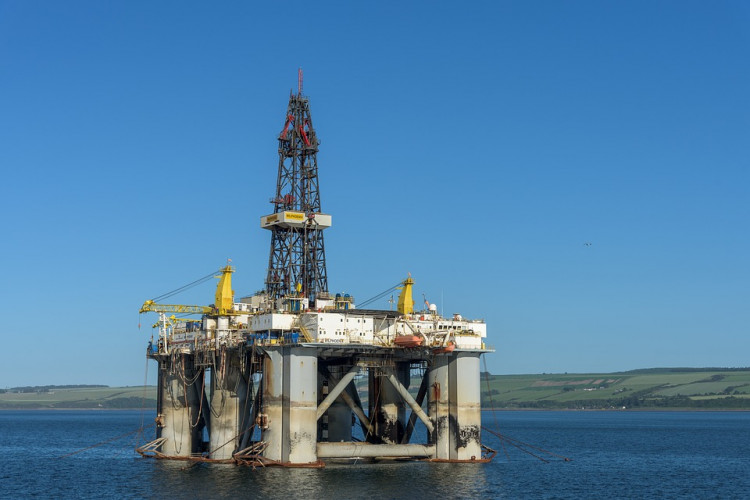Sinopec, the world's second-largest oil company, seems to be experiencing a rough start this 2019, as the company recently reported a 76 percent drop in its latest quarterly profit for the months of October to December last 2018. This marks the company's lowest since at least 2016's third quarter, per the release.
Surprisingly, this latest bad news from the company did not stem from normal company operations failing to meet their targets or internal problems that weren't solved sooner. As a matter of fact, both of those far from the reason. According to the company, it's mainly due to derivatives trading losses incurred by Unipec, which is the company's own trading arm. Due to oil hedging bets that went bad, the division reportedly booked net losses of up to $690 million in last year's fourth quarter. As a direct result, the parent company's net result went down to only $461.57 million, even amidst a 33 percent increase in overall company revenue during a 3-month period.
The good news
Despite all of that, however, there is still a silver lining to be found, as the things look much better in the profit department for the full year, with Sinopec reporting a rise and annual increase in revenues, going up as much as 33 percent.
For the year 2019, the company is now slated to spend more on oil production, as per instructions from Beijing. However, that will not be followed, as this year, production is set to decline. Back in 2018, production is projected to reach around 288 million barrels.
However, the company's capital spending for 2019 will easily be the biggest it will be making in five years, going up as high as $20.3 billion, significantly higher than last year's $17.58 billion. At the moment, the government of China is also focused on boosting the production of oil and gas, seeing as demand for it as commodities and imports continue to rise.
Per Reuters, 44 percent of the government's total budget for 2019 will be properly allocated towards exploration and production. Furthermore, its focus will also be centered on boosting production for natural gas, with the goal of reaching 1.02 trillion cubic meters, higher than last year's 977 billion cubic meters.






